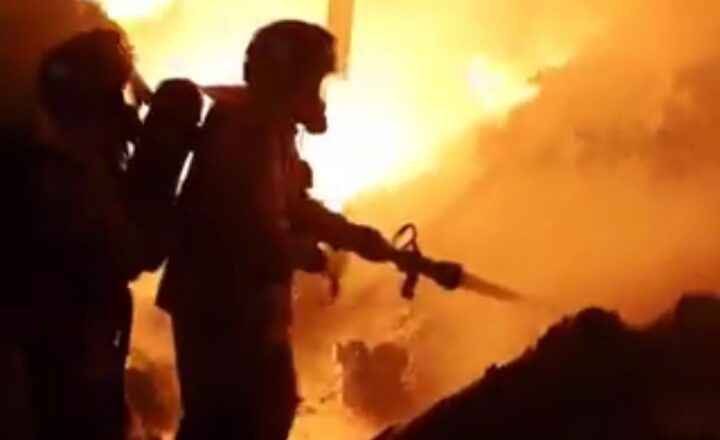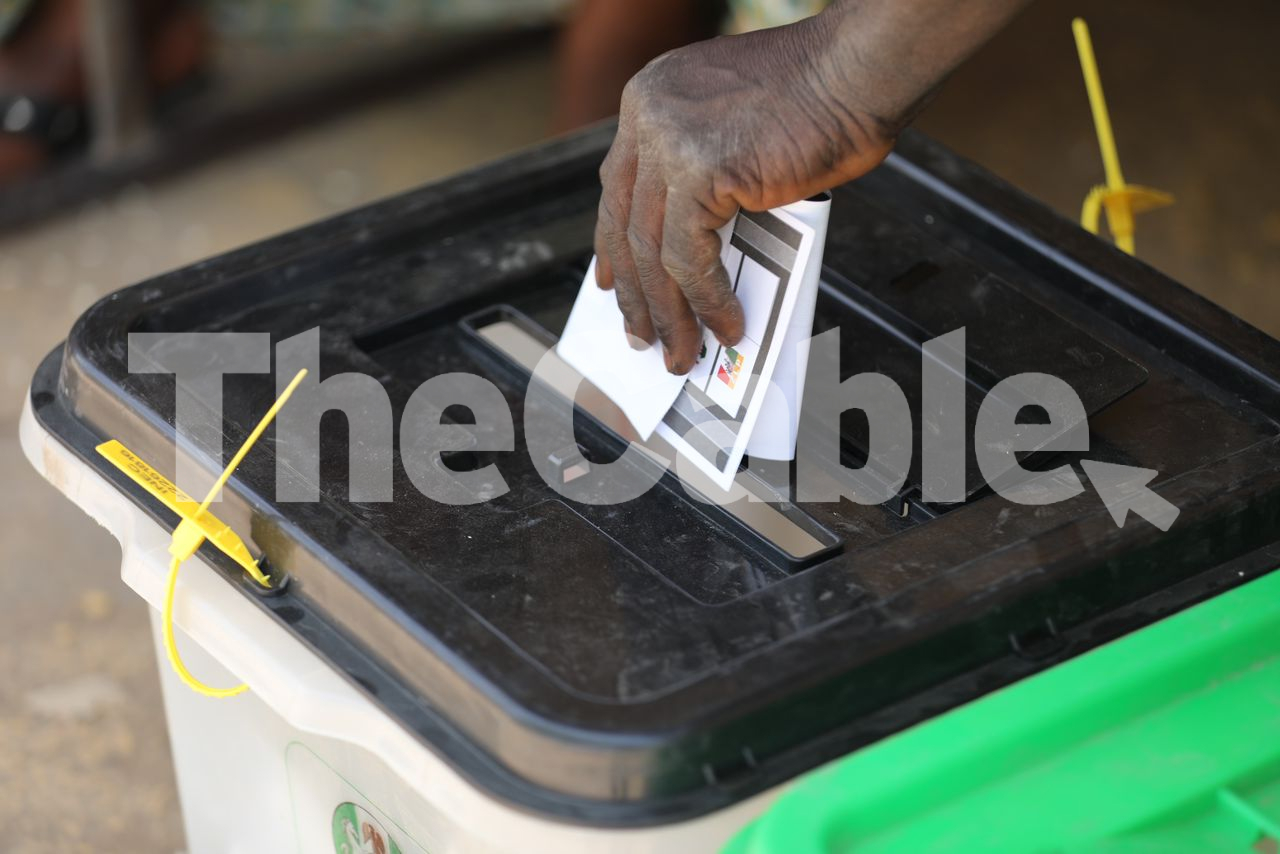Typically, in this part of the world, church services or a special jumat would be organised to commemorate surviving such an ordeal. We do not know if the former vice-president is holding a special thanksgiving today, but this is the true story of the accident he survived based on a final report by the Accident Investigation Bureau (AIB).
On February 2, 2019, Yemi Osinbajo, the then vice-president, was on the campaign trail and was embarking on a trip to Kabba, a community in the west of Kogi state, to canvass support for President Muhammadu Buhari and himself.
The duo, who were on a joint ticket, were crisscrossing the country to make the case for a second and final term in office.
On that fateful day, Osinbajo boarded an AgustaWestland helicopter with registration number 5N-CML, and operated by Caverton Helicopters Limited.
Advertisement
The chopper departed Runway 22 at the Nnamdi Azikiwe International Airport, Abuja, at about 1:46 pm.
The take-off was a smooth one and the weather was clement. Soon, the chopper would cruise to an altitude of 5,000 feet above sea level.
There were 11 persons onboard the chopper besides the then vice-president.
Advertisement
The pilot was 34 years of age, and the co-pilot was 22. They had several flying hours between them and were no spring chickens on the job.
The pilot had amassed more than 4,000 hours in the air at the time, according to the AIB.
At 2:20 pm — some 30 minutes into the flight — the chopper’s systems alerted the crew that the Multi-Purpose Flight Recorder (MPFR) had failed.
The MPFR works as the cockpit voice recorder and flight data recorder for the chopper type.
Advertisement
This prompted the pilots to quickly complete a checklist from Caverton’s Quick Reference Handbook (QRH).
They learned from their handbook that the malfunction was not an emergency and so the flight continued apace.
According to the flight plan, the chopper was meant to take Osinbajo and his party to Kabba, Okene, and then back to the federal capital territory (FCT).
Before the vice-president and his team departed Abuja, an advance team had landed in a helicopter with registration number 5N-PEG, and operated by the Nigeria Police Force (NPF).
Advertisement
Both choppers were in constant communication and on the same page during the trip. The advance team had relayed information of their landing experience in Kabba to the team flying the number two citizen.
Shortly afterwards, and upon descent, the pilots of Osinbajo’s helicopter dubbed NGR002 confirmed that they had seen the dust whirling from the advance police chopper above the landing area — which was a field in a school.
Advertisement
The crew agreed on a landing spot and the monitoring pilot began to reel out the altitude as they commenced their descent into the field.
The younger pilot called out “35”, “30”, “25”, “20” and at “15”, the crew lost situational awareness because of a “brownout” — a term that means low visibility caused by sand or dust in the air due to the rotation of the helicopter’s rotors.
Advertisement
Few seconds after the altitude “15” callout, the chopper hit the ground hard on its right landing gear, before tilting on its side like an aircraft made of paper that has been thrown into the air without any aerodynamics.
The time was 02:34 pm.
Advertisement
The crew immediately shut off the fuel, batteries, and generator of the chopper that had now been completely destroyed.
Fortunately, everyone survived the ordeal, unharmed.
FINDINGS
In the course of the investigation, it was discovered that an inappropriate landing technique was used.
The crew did not adhere to its company procedure for known or anticipated brownout, and there was no assessment of the landing site prior to the flight.
The Caverton operation manual provides that in a known or anticipated brownout situation for landing, the crew could “make a no hover landing, reducing to zero ground speed exactly at the point of landing, or make a running landing, but only if the surface is known to be level and firm. The pilot should seek a small object on the ground that he can land near so that it can be a good visual reference throughout the landing”.
Although the Presidential Air Force (PAF) is responsible for the flights of the president and vice-president, the AIB said PAF informed it that the protocol office of Osinbajo did not involve it in the flight arrangements.
“Nevertheless, it could be discussed whether the PAF should coordinate the preparation of VIP flights in accordance with the PAF’s requirements and standards,” the report reads.
“Such preparation may include site assessment; possibly advance flights and select a suitable landing area for planned VIP flights.
“Thus, the flight crew of the charter company could then be briefed appropriately. Such oversight would have eliminated some of the risk factors that were believed to have contributed to the accident.”
Thereafter, the AIB issued safety recommendations, one of which included that all helicopter operators carry out risk assessments before dispatching helicopters for operations.







